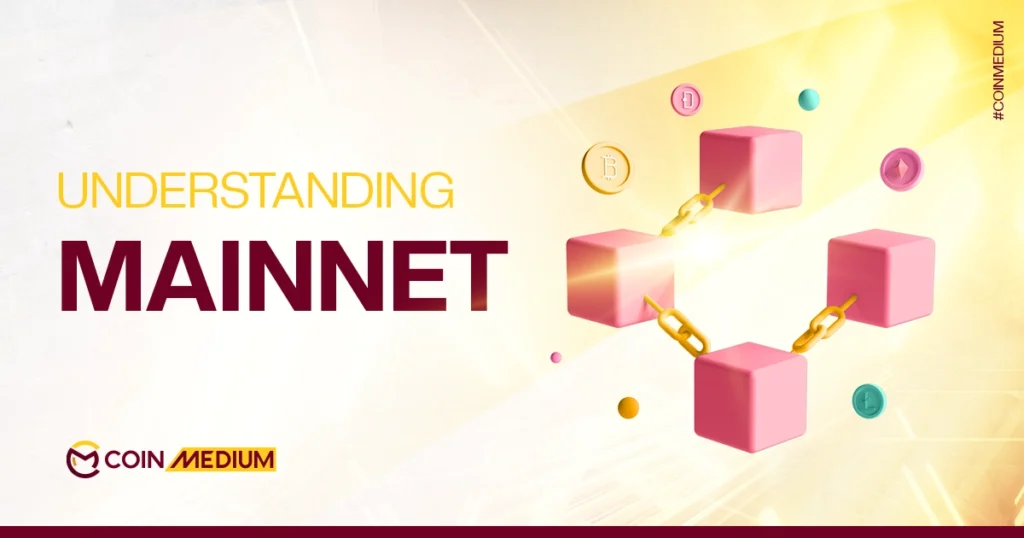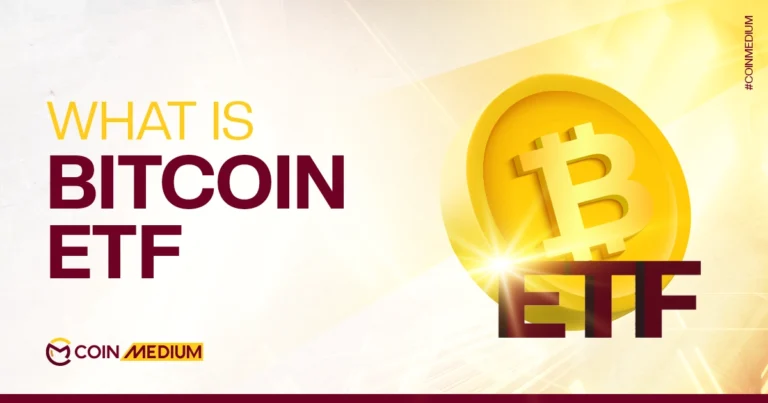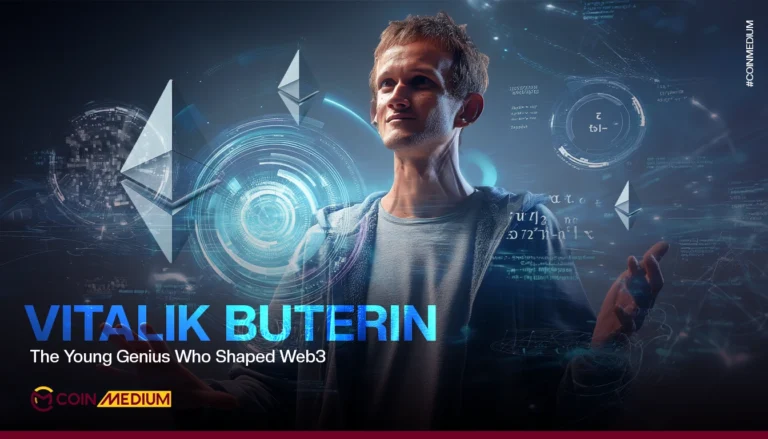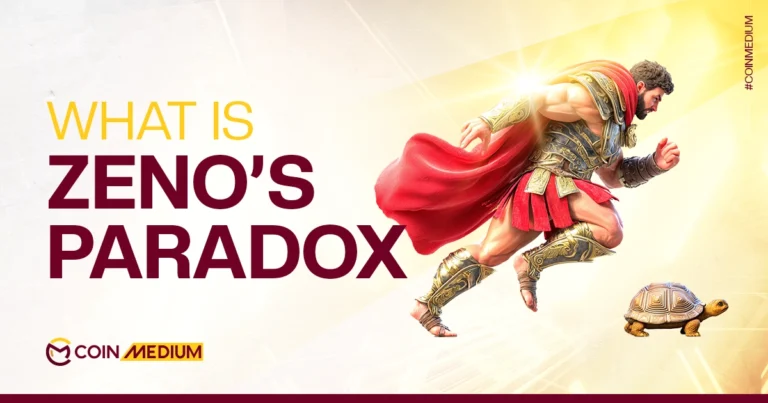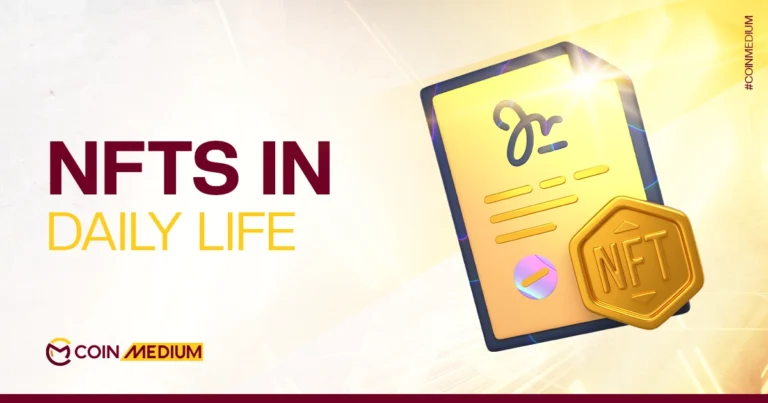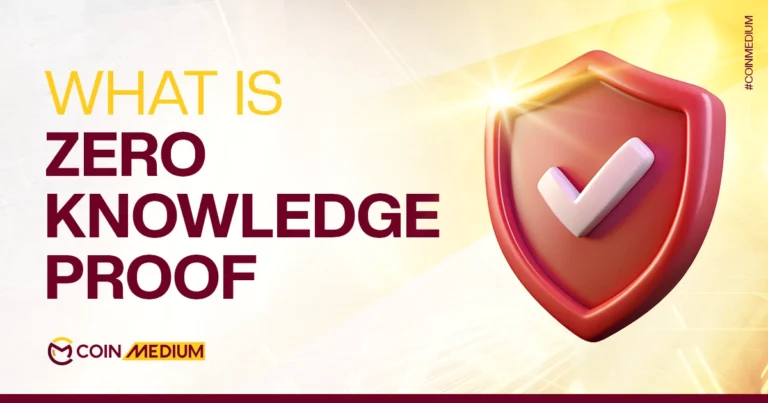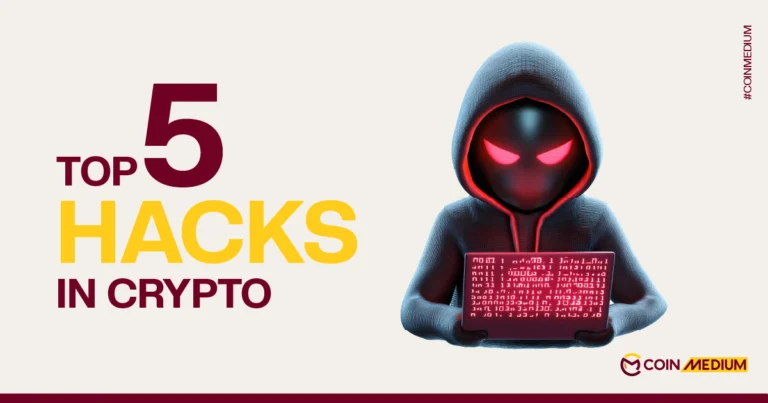- Understand the main function of Mainnet
- See how Mainnet is different from Testnet and Devnet
- Be able to explain the application of Mainnet
What is a Mainnet?
Short for Main Network, it is the main version of a blockchain where actual cryptocurrency transactions and decentralized applications (dApps) take place. These assets typically have real-world value, unlike Testnet or Devnet tokens.
This is different from Devnets and Testnets where tokens of real money value don’t operate.
What is a Mainnet Used For?
The Mainnet is used for doing real transactions with cryptocurrencies. You can send, receive, and store digital money securely on the Mainnet. Apart from these functions, developers and users also use the Mainnet to run dApps for finance, gaming, identity, and more.
It also runs smart contracts, which are programs that automatically carry out tasks (like sending tokens) based on rules. This removes the need for intermediaries and can make things faster and cheaper.
How Does a Mainnet Work?
The Mainnet runs on a network of computers, called nodes, that check and confirm transactions. Here’s how it works:
- Consensus Mechanisms: like Proof of Work or Proof of Stake ensure the network agrees on the blockchain’s state, including valid transactions and smart contract outcomes. Proof of Work (PoW) requires miners to solve complex computational puzzles to validate transactions, while Proof of Stake (PoS) allows validators to secure the network by locking up tokens as a stake.
- Node Validation: Nodes essentially check if each transaction follows the rules and share them across the network. Full nodes store the entire blockchain and validate transactions, while light nodes rely on full nodes for data, making them lighter but less independent.
- Mining or Staking: Depending on the system, users help run the network by mining (PoW) or staking (PoS), earning rewards for their work.
Transaction Broadcasting: When someone makes a transaction, it’s sent to the network, picked up by nodes, and added to the blockchain.
Why is a Mainnet Important?
The Mainnet is important because it handles real money and data. It lets users do actual cryptocurrency transactions and run dApps. Since it’s decentralized, no single person or company controls it, making it more secure and trustworthy.
Smart contracts on the Mainnet make processes automatic, saving time and reducing the need for third parties.
Common Uses of a Mainnet
The Mainnet is used in many ways, including:
- Cryptocurrency transfers – Sending and receiving digital money
- DeFi (Decentralized Finance) – Borrowing, lending, and earning interest without banks
- Gaming – Storing game items as digital assets on the blockchain
- Supply Chain – Tracking products to verify their origin and movement
What are some examples of Mainnets?
Here are some famous mainnets:
Each of these has different features but uses the same Mainnet concept to handle real transactions and apps.
Closing thoughts
As such, Mainnet can be seen as the backbone of any blockchain ecosystem, serving as the primary network where real world cryptocurrency transactions and decentralized applications operate. Unlike Testnets or Devnets, Mainnets handle assets with tangible value, enabling secure, decentralized, and efficient processes like cryptocurrency transfers, DeFi, gaming, and supply chain tracking.



